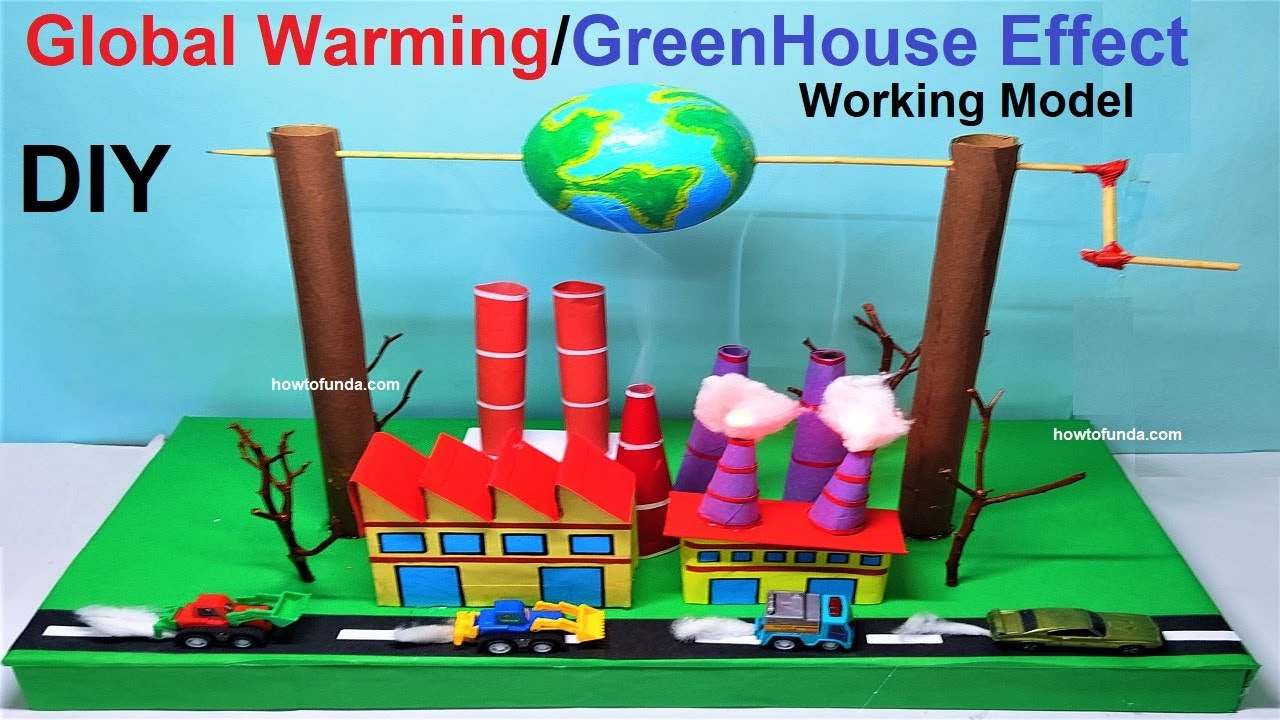Saving Earth from Global Warming and Greenhouse Effects
In the vastness of the universe, our home, the Earth, holds a unique position. It’s not just a planet; it’s our haven, providing the air we breathe, the water we drink, and the diverse ecosystems that support life.

However, in recent times, a looming threat has been casting its shadow over our beloved planet — global warming and the greenhouse effect.
In simple terms, this threat is like a slow but steady boil, gradually affecting the delicate balance of our Earth’s climate.
Understanding Global Warming:
At its core, global warming refers to the gradual increase in Earth’s average surface temperature. Picture the Earth as a cozy home with a thermostat, and the sun as a gigantic heater providing just the right amount of warmth.
Now, imagine some invisible blankets covering our planet, trapping some of that warmth to keep us comfortable — these blankets are the greenhouse gases.
However, human activities, especially burning fossil fuels like coal, oil, and gas, have been adding extra blankets to our Earth.
These additional blankets, mainly carbon dioxide (CO2) and methane (CH4), trap more heat than needed, causing our home to get warmer.
This excess heat disrupts the natural balance, leading to changes in weather patterns, melting ice caps, and rising sea levels.
The Greenhouse Effect:
Think of the greenhouse effect as the process that allows our planet to stay warm. Sunlight enters our atmosphere and reaches the Earth’s surface, warming it.
When the Earth’s surface is heated, it emits infrared radiation. This radiation tries to escape back into space, but the greenhouse gases in our atmosphere, like a protective blanket, absorb some of it and send it back to the surface.
This cycle keeps our planet warm and hospitable.
However, with the increased concentration of greenhouse gases due to human activities, this natural process has been thrown out of balance.
The extra blankets are preventing the escape of some of the heat, causing the Earth to warm up more than it should. This disruption is what we refer to as global warming.
The Consequences of Global Warming:
The impacts of global warming are like ripples in a pond, affecting various aspects of our environment. Imagine our Earth as a delicate ecosystem with interconnected elements — here’s how global warming disturbs the harmony:
- Rising Temperatures: Warmer temperatures become the new normal, leading to heatwaves, droughts, and changes in weather patterns.
- Melting Ice Caps: Imagine the Earth’s ice caps as giant ice cubes. As temperatures rise, these ice cubes start melting, contributing to rising sea levels.
- Sea Level Rise: Rising temperatures cause seawater to expand, and the melting ice adds more water to the oceans. This results in higher sea levels, posing a threat to coastal areas.
- Extreme Weather Events: Global warming intensifies extreme weather events like hurricanes, floods, and wildfires, disrupting ecosystems and human communities.
- Impact on Wildlife: Animals and plants are finely tuned to their environments. Global warming disrupts their habitats, affecting migration patterns, breeding seasons, and food sources.
- Ocean Acidification: The excess CO2 doesn’t just stay in the atmosphere; a significant portion is absorbed by the oceans. This leads to ocean acidification, affecting marine life like coral reefs and shellfish.
The Call to Action:
Now that we understand the problem, it’s time to explore the solutions — and yes, there are ways we can be superheroes in this story!
- Reduce, Reuse, Recycle: It’s not just a catchphrase; it’s a lifestyle. By reducing our waste, reusing items, and recycling materials, we decrease the demand for the production of new goods, which, in turn, reduces carbon emissions.
- Conserve Energy: Turn off lights when not needed, unplug chargers, and opt for energy-efficient appliances. Every bit of energy saved is a step towards a cooler planet.
- Embrace Renewable Energy: Support and use renewable energy sources like solar and wind power. They’re like super-clean energy options that don’t add extra blankets to our Earth.
- Plant Trees: Trees are nature’s air purifiers. They absorb CO2 and release oxygen. Planting trees and preserving forests are simple yet powerful ways to combat global warming.
- Use Energy-Efficient Transportation: Consider walking, biking, carpooling, or using public transportation. If possible, switch to electric or hybrid vehicles that produce fewer emissions.
- Raise Awareness: Share knowledge about global warming with friends, family, and your community. The more people who understand the issue, the stronger our collective efforts become.
- Support Green Initiatives: Advocate for and support policies that promote environmental sustainability. Encourage businesses and governments to invest in green technologies and practices.
global warming and greenhouse effects working model – factory air pollution and vehicle pollution – save earth science project – diy – simple and easy
#globalwarming #greenhouseffect #workingmodel #airpollution #factorypollution #saveearth #howtofunda
In conclusion, saving Earth from global warming and the greenhouse effect is a shared responsibility. It’s about treating our planet with the love and care it deserves, ensuring a thriving home not just for us but for generations to come.
Let’s be stewards of our Earth, working together to turn down the heat and create a brighter, cooler future.

